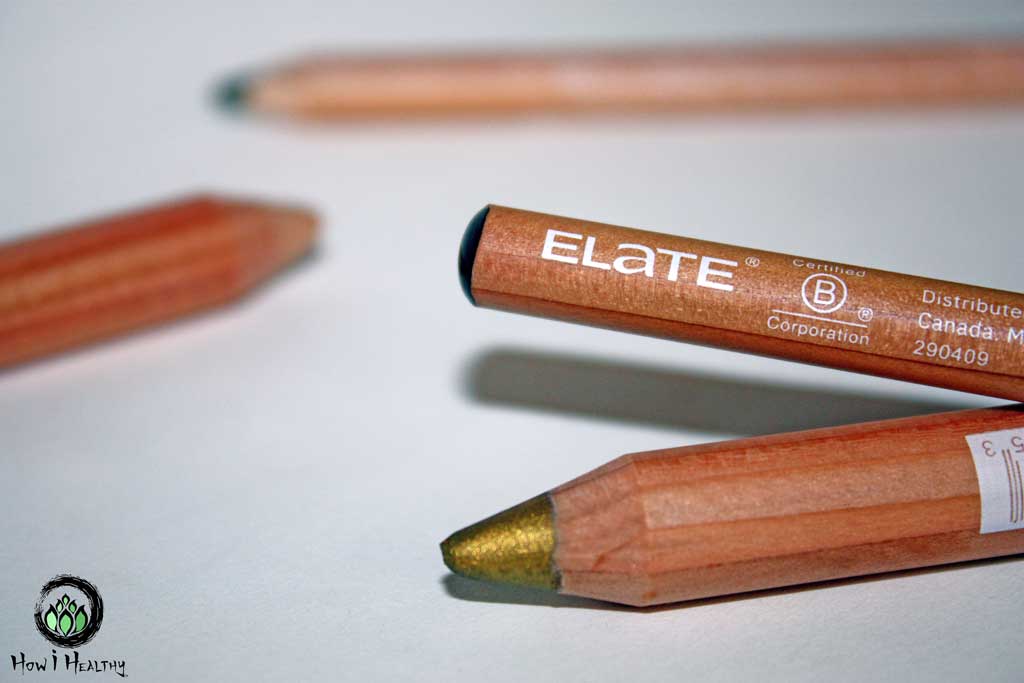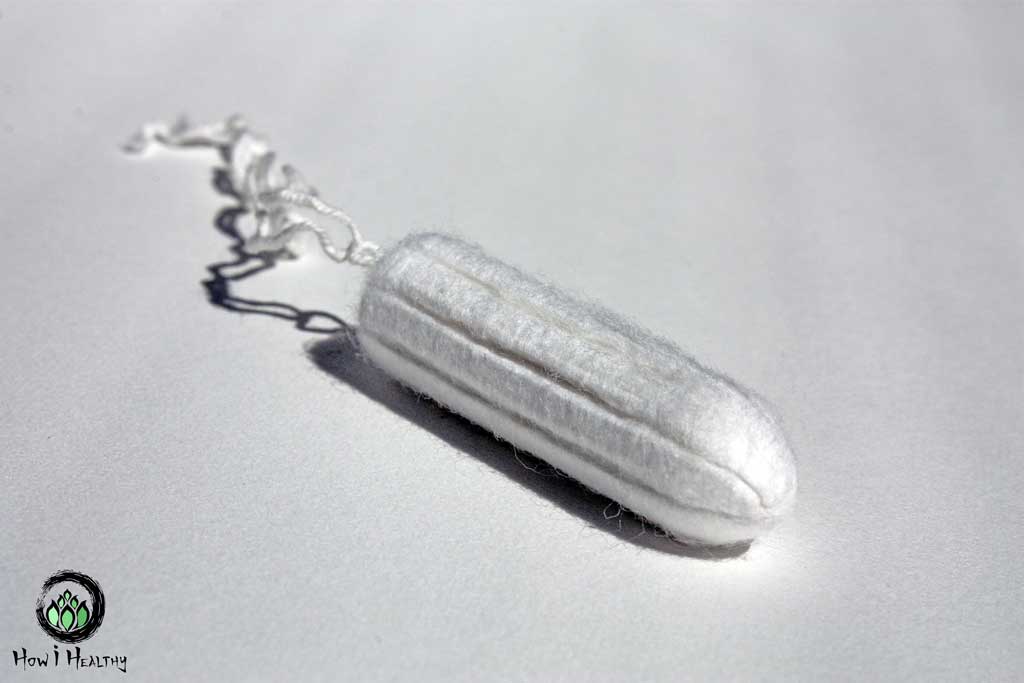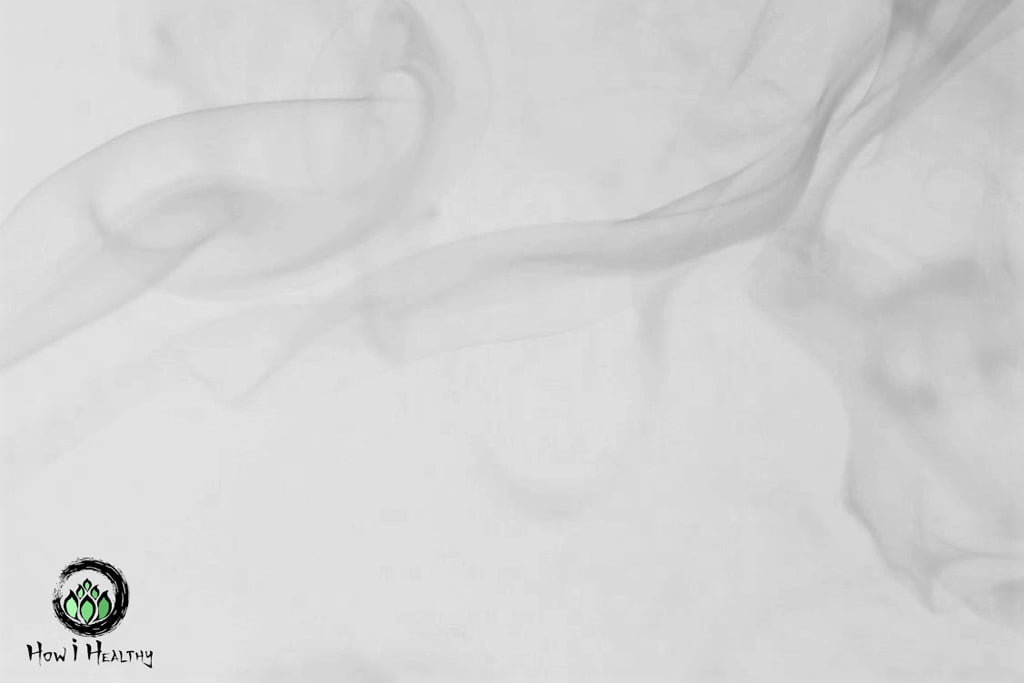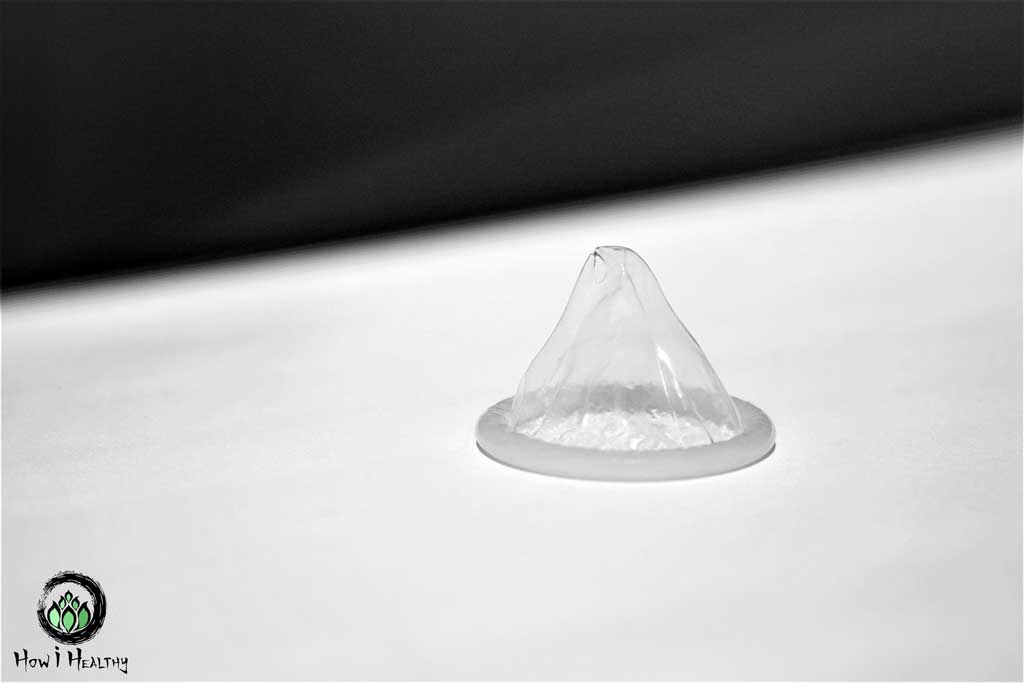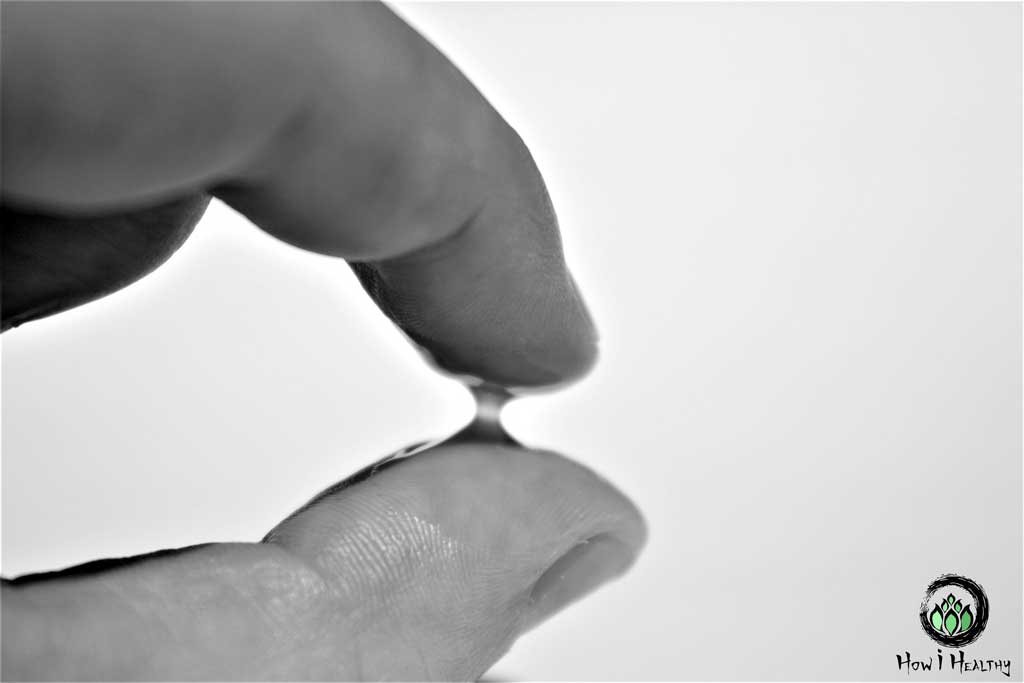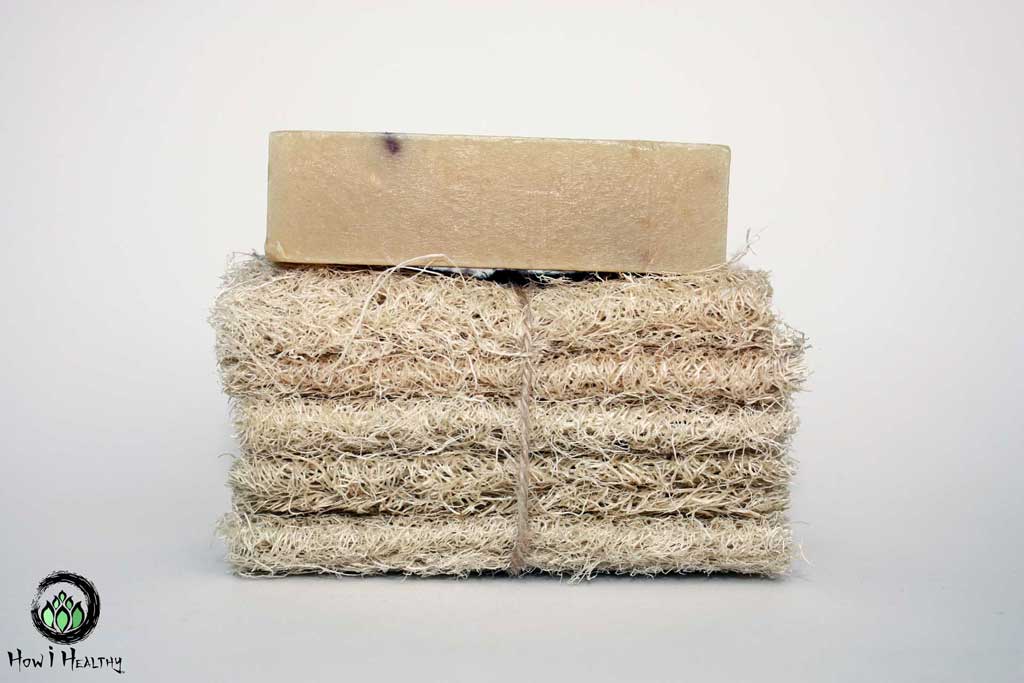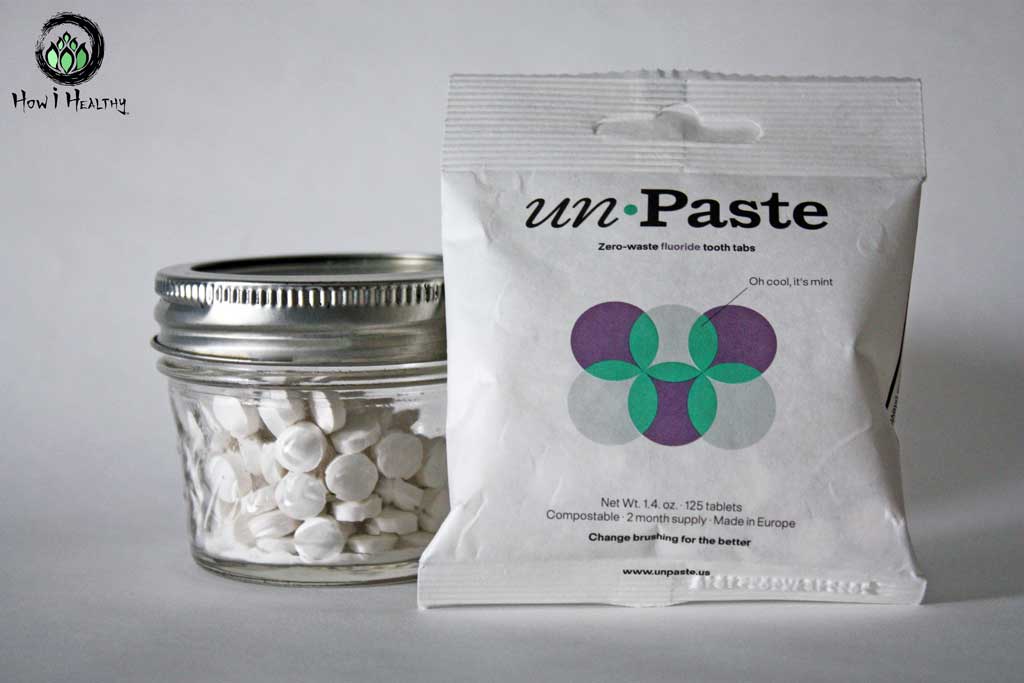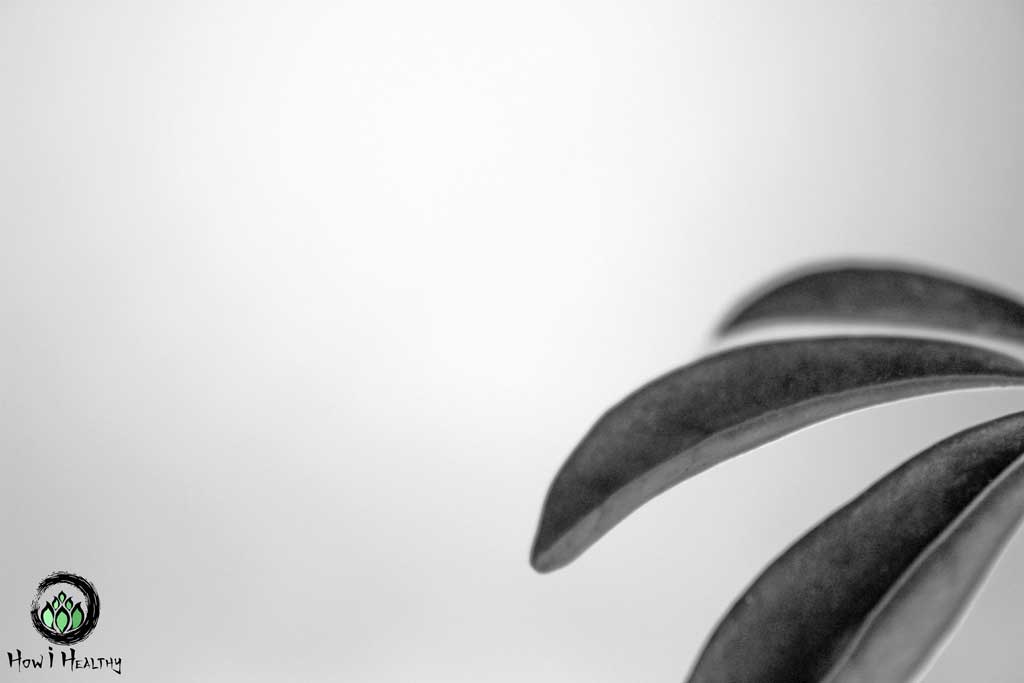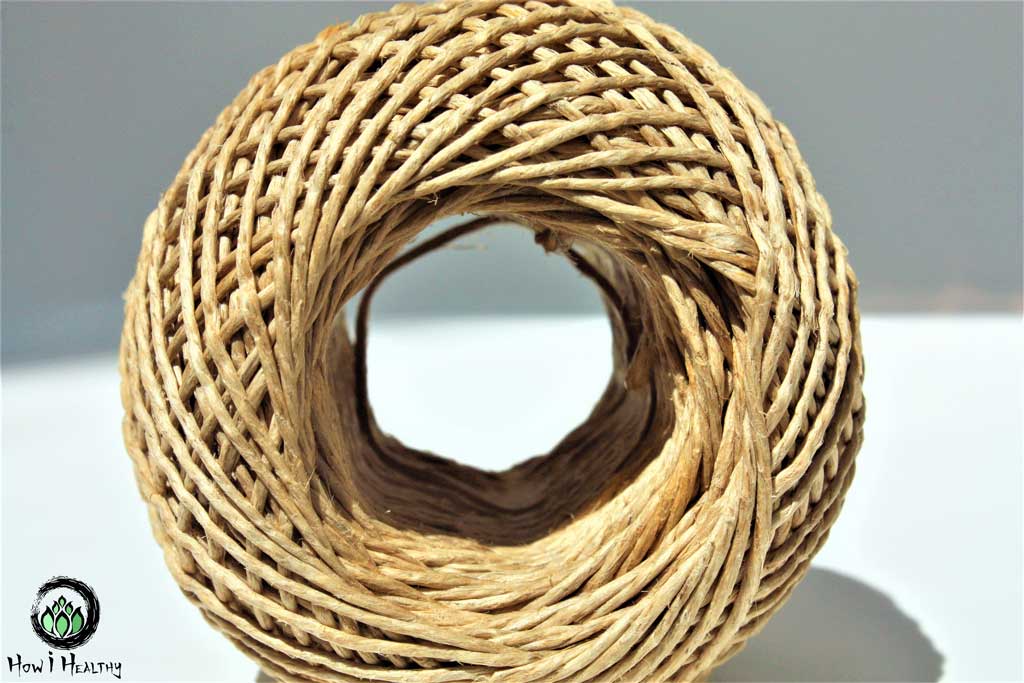Green Living:
Kitchen to Bedroom
This is How i Healthy!
I’m Artemis, a sex-positive environmentalist
I enjoy research papers, ethical businesses, obscure history, and non-toxic dildos.
I do science-backed green living.
Kitchen to bedroom.
But not at the expense of my wallet or my 600 sq.ft. home.
Seriously, I’m a minimalist with a budget.
You’ll find sustainable & ethical products I meticulously investigated and use every day.
Vibrators included.
Healthy Body, Healthy Planet, & Healthy Sex.
Sound good?

Life Blog: The Newest
Sex Blog: The Newest
The Most Loved
The Guides
Coming Soon!
- Water-Free Hair Care: Solid Shampoo that Actually Works
- 10 Eco-Friendly Sex Swaps
- How to Keep Produce Fresher & Longer: The Veggie Saver
- My Top 5 Ethical & Sustainable Sex Toys
- PFAS In Sex Toy Storage Bags
- Treeboard Review: The Best Solid Wood Cuttings Board



